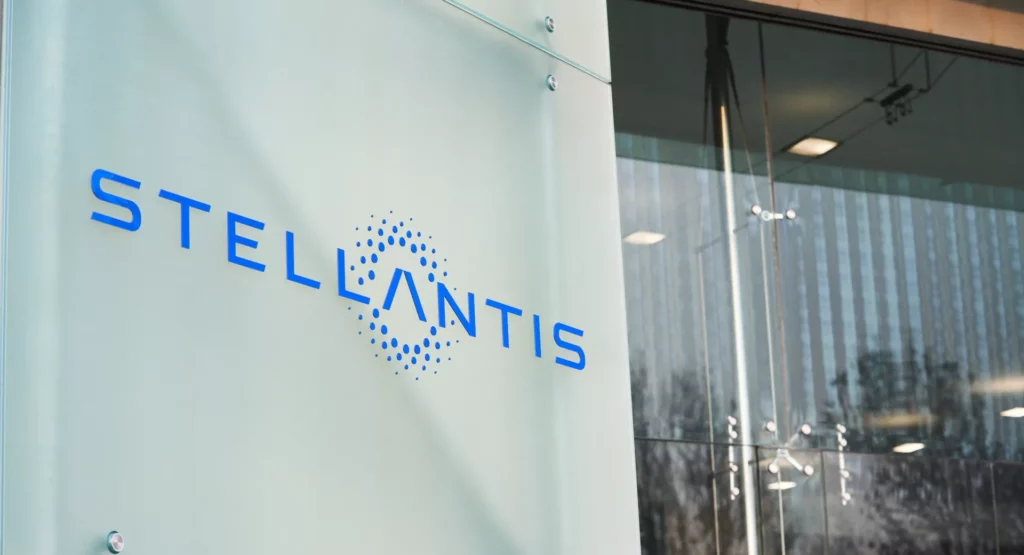If you buy a high performance car with a big engine in the U.S. you can expect to be stung with a few grand in gas guzzler fees. But consumers aren’t the only ones in the new-car chain being hit with penalties because of thirsty cars.
General Motors and Stellantis have both been been forced to cough up huge sums because they failed to meet U.S. fuel economy requirements. GM had to hand over $128.2 million for transgressions from 2016-17 and Stellantis fared even worse, receiving a $235.5 million bill to cover its failures between 2018-19.
The information was disclosed by the National Highway Traffic Safety Administration (NHTSA), which oversees America’s Corporate Average Fuel Economy (CAFE) program. The fines were paid between December of last year and May 2023, the NHTSA says.
This isn’t the first time Stellantis has had to reach into its pocket to keep the CAFE folks happy. The carmaking giant had already handed over $156.6 million to make up for failing to meet standards in 2016-17, though in a statement to Reuters, Stellantis says all of the penalties including the latest one were the result of decisions made before the 2021 formation of Stellantis and didn’t reflect the group’s current direction.
Related: Is The MPGe Rating System Misleading? US Gov Proposes Stricter Fuel Economy Rules For EVs and PHEVs

The fine is more disappointing for GM, which had avoided any other levies during the 40 years CAFE has been in operation. Reuters reports that GM was planning to use credits to avoid paying fines, but ended up handing over the cash instead.
Automakers will be bracing themselves for big fines when the NHTSA gets around to releasing its crunched numbers for the period from 2019 to 2021. The fines for that period jump from $5.50 to $14 for every 0.1 mpg a vehicle falls below the required standard, and that figure is then multiplied by the number of affected cars. And the potential fines only get scarier from there on. The NHTSA has toughened its fuel economy standards by 8 percent for 2024 and again for 2025, by 10 percent for 2026 and is expected to tighten the thumbscrews even further for 2027.




